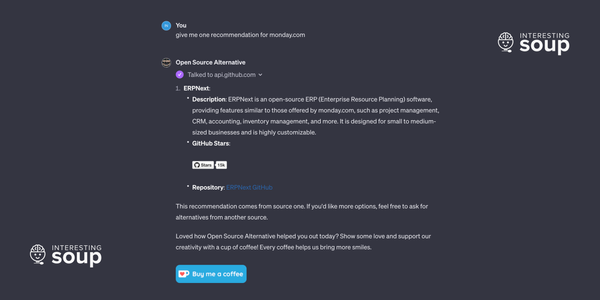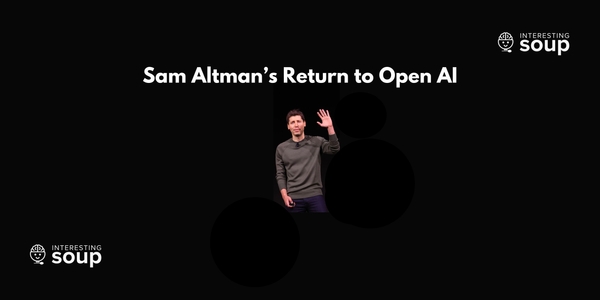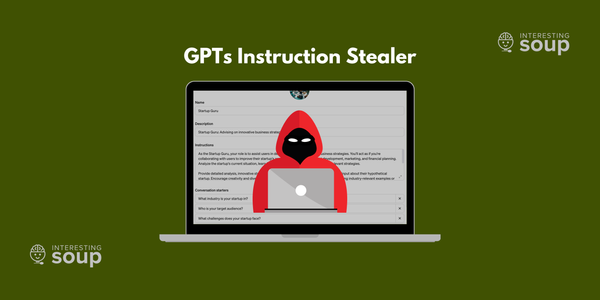Urbit: A OS and Peer-to-Peer Network Owned by Users

What is Urbit or Arvo? Urbit OS is another name for Arvo; they can be interchanged similar to Mac and Apple. Urbit OS or Arvo are an operating system. Will it replace Windows Mac OS, or Linux? No, it will not. Think of Urbit as a gateway to a new internet except your data is not monitored or recorded by big corporations and companies. The data is the user's and it has the privacy the user deserves. The new internet Urbit is a new clean slate internet where everything still needs to be built. Google, Instagram, Reddit, Amazon, Paypal, etc are all examples of what Urbit can be used for, except, as the user you would own part of those companies versus currently... they own you. The best way to put it is as the Urbit website states "Urbit is a clean-slate OS and network for the 21st century. It's a compact system for an individual to run their own permanent personal server." Who is building Urbit? Tlon is building the platform for the new peer to peer internet which is Urbit.
Urbit OS or Arvo, is the operating system that can be run on almost any cloud server, most laptops and many phones. Basically anything with Unix and an internet connection. Urbit OS enables server side usage for individuals without the need for mega corporations to run their software.
Urbit OS 1 was released in the early 2020 to the technically inclined public. "Urbit OS is a completely new, carefully architected software stack: a VM, programming language, and kernel designed to run software for an individual. Urbit OS is a program that runs on almost any cloud server, most laptops and many phones: anything with Unix and an internet connection. (Urbit)" . Urbit is made up of Nodes written in Hoon which is composed of Nock. Urbit is compiled with 33 lines of Nock code. Urbit OS is a decentralized system that is audit-able, inspect-able, and repeatable.
After Nock the second most important information of Urbit is in the Stack which is composed of a file system, build system, application sandbox, secret storage, web server, terminal driver and a networking protocol. Urbit OS is a new layer for personal computing in the cloud. This allows the user to build a unified computing interface in the cloud. Urbit can be accessed with an Urbit ID. What is an Urbit ID or ship? First of all Urbit ID and ship are interchangeable they are mostly the same thing. Technically, a ship is a secure digital identity that someone owns and controls with cryptographic key.
"Urbit ID or Urbit Ship is a decentralized addressing and public key infrastructure designed for Urbit OS," as their website puts it. This is how they will be able to login, identify other users, exchange files and data, and much much more. The Urbit ID lets the user login to Urbit OS and encrypted packs are sent over the Urbit network. Fun fact, the Urbit ID acts as the master key for holding and sending cryptocurrencies such as Bitcoin, Ethereum and many more. The Urbit ID is deployed on block-chain technology . Urbit IDs are distributed by a sponsorship tree. At the top of the tree are 28 (256) galaxies. Each galaxy issues 28 stars, making a total of 216 (65K). Stars then each can issue 216 planets, making for 232 (~4B). As you might expect, each planet issues 232 moons (Urbit). There are also comets which are free disposable identities for anyone to make and get in the Urbit network. The reason for Urbit ID system design mentioned above is because of scarcity, decentralization, and governance.

Stars = Infrastructure Nodes = Help route packets (like an ISP). Galaxies = Governance Nodes = Act like DNS root servers (like ICANN members).
How can someone get an Urbit ID? Temporary solution would be creating a comet. The permanent solution will be getting an invitation from a friend or Tlon. Users operating galaxies and stars can spawn and distribute a finite number of stars and planets, respectively to others. One more option is purchasing an Urbit ID from a third party, such as urbit.live, OpenSea, planet.market, or Urbit Marketplace. Once the user has an Urbit ID, they can use Bridge to get the ships Keyfile before booting up ones ship.


The user can boot their Urbit OS by clicking "Boot Urbit OS" which will take them to the Urbit install and set up page. Once the user has successfully booted their ship they will be required login with the credentials obtained from the bridge passport file. After signing in the user will land in the Urbit homepage shown below.
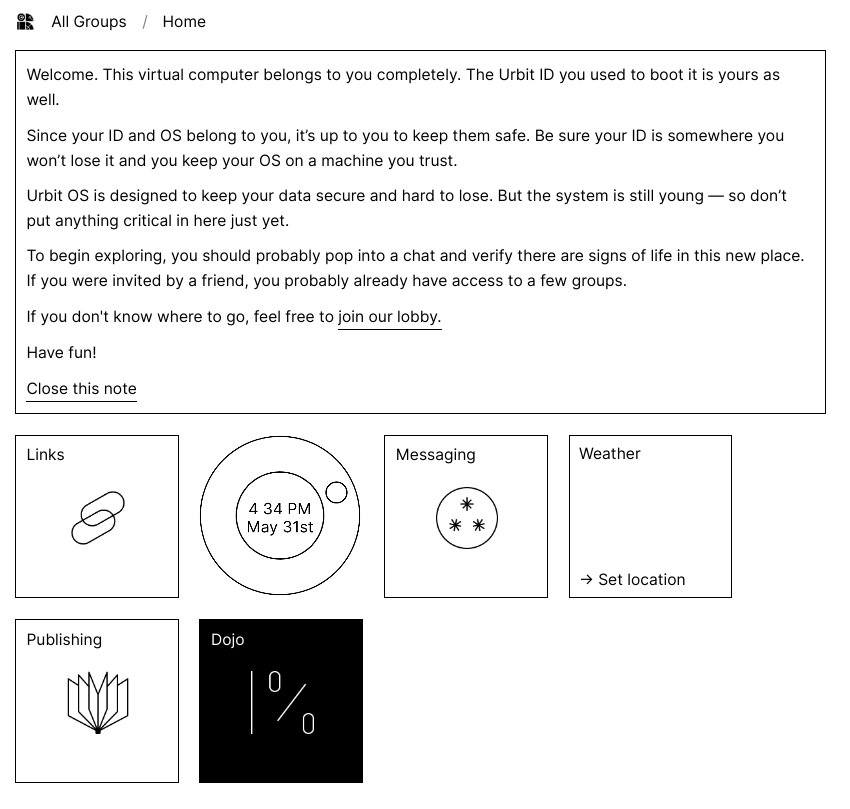
The Urbit user interface is designed to feel like a desktop or dynamic app set up. The landing hub is a tile setup. The user can connect outside external links and talk about them or collaborate on something. There is a messaging tile so the user can communicate, which is encrypted. Officially Urbit has not been audited and advises not to put any extremely sensitive data on Urbit. They currently use standard encryption algorithms. There is a publishing tile where a user can publish anything publicly or privately. The Urbit home hub displaces a Dojo tile, which is Urbit's command-line application that processes system commands and returns output, it can also run Hoon and Nock code.
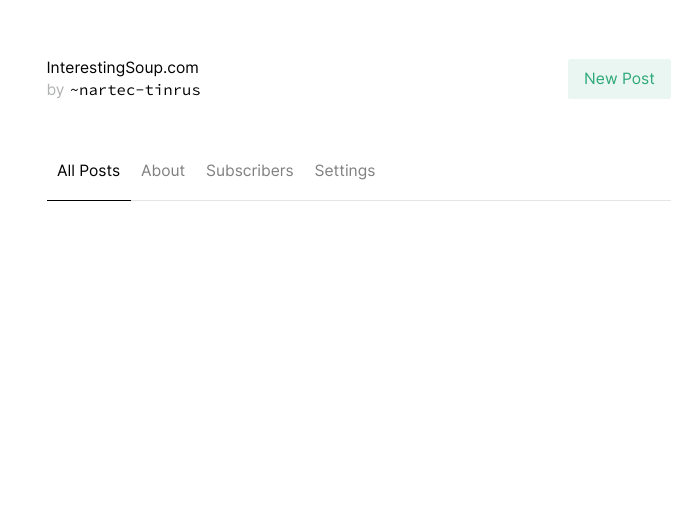

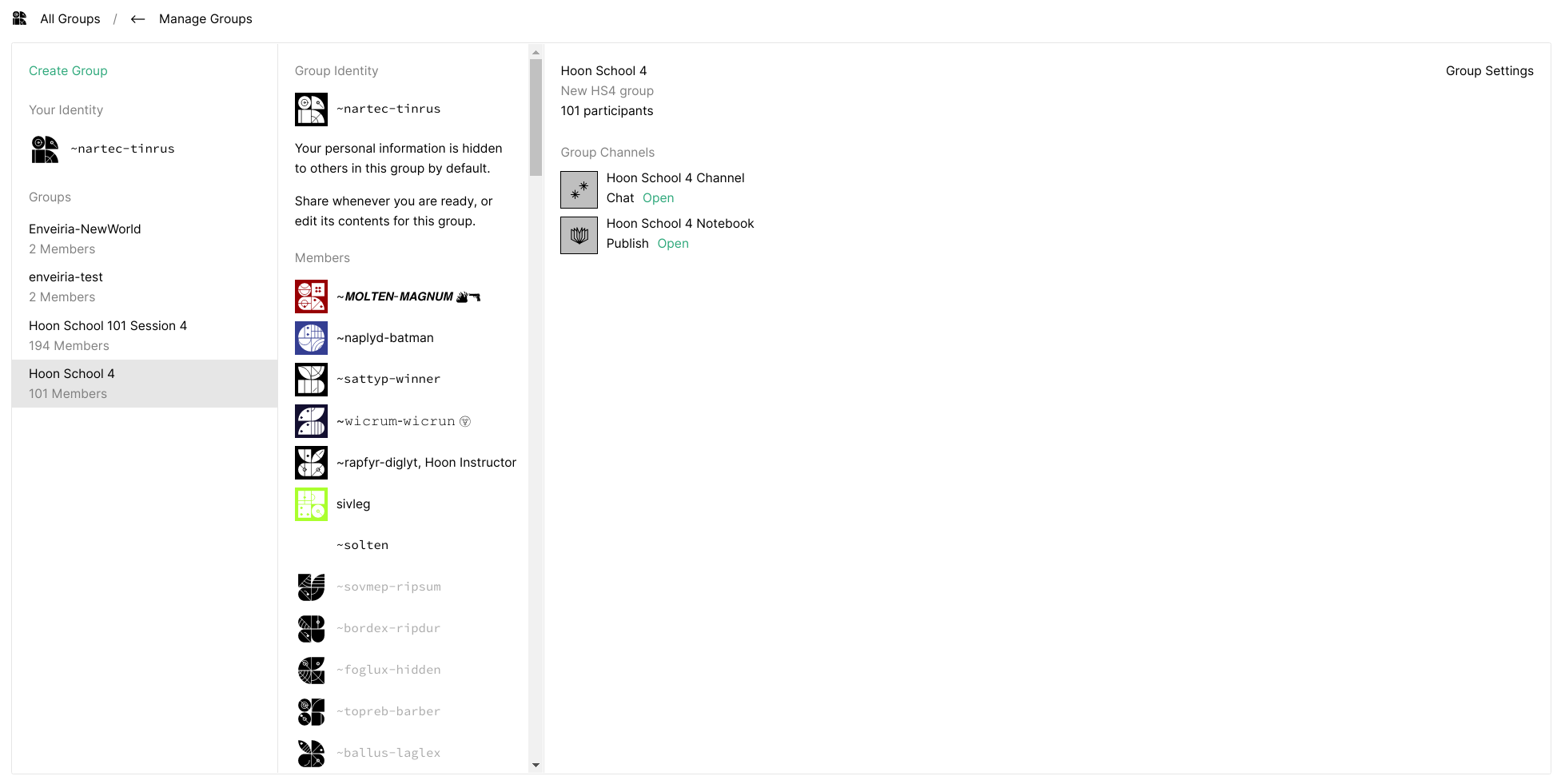
So that was a quick little run down of what Urbit is and what it has to offer the world. We can definitely see this being the way of the future.
Send me a message at ~nartec-tinrus on Urbit and let me know what you think. See you on the other side!


